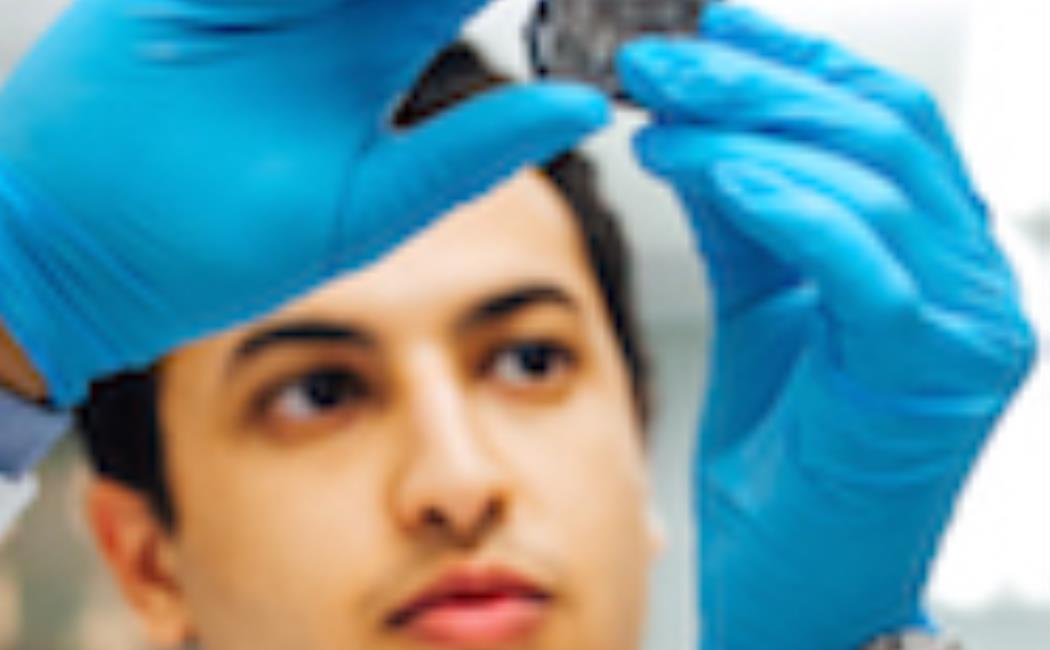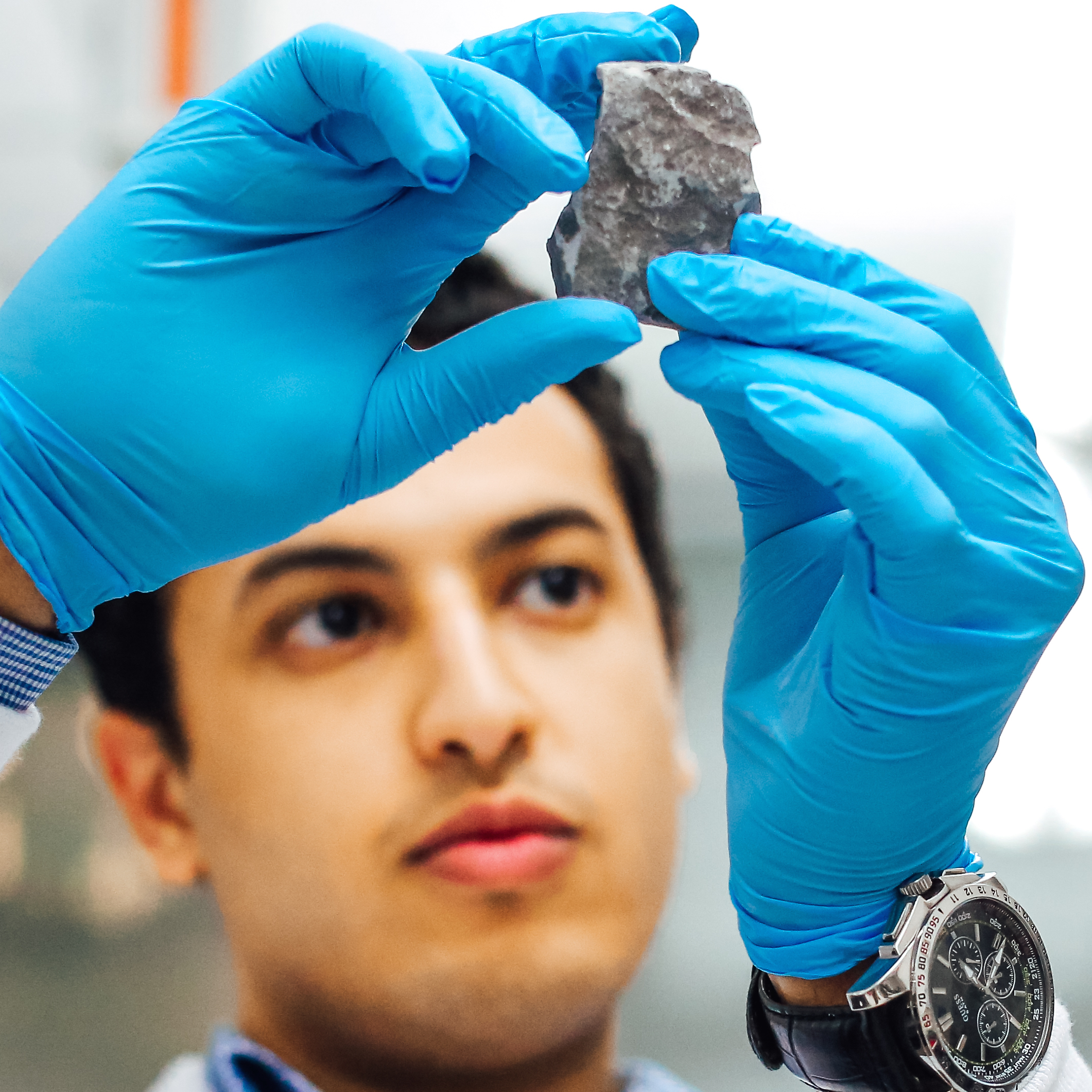.jpg?sfvrsn=1a62d0cb_0)
.jpg?sfvrsn=1a62d0cb_0)

Conference Objectives: With the collapse of oil prices, global expenditures on exploration and production (E&P) have decreased from $741 billion in 2014 to an estimated $380 billion in 2016. The E&P expenditures constitute roughly 80% of all spending by the oil industry. The majority of these expenditures go to well construction, i.e., drilling and well completions. A reduction in the cost of well construction through technological advancements, workflow optimizations and integrated project processes/execution may be achieved in the following main areas:

Despite decades of technical improvements, it is estimated that today up to 60 percent of drilling time is still lost for a variety of reasons, including non-productive time (NPT) events and invisible lost time events (ILT), often doubling the drilling costs.
The purpose of the KAUST Research Conference will be to delineate the main physical, mechanical, and chemical reasons for drilling inefficiencies and mishaps, and propose a way forward using best multidisciplinary approaches. Special emphasis will be put on analyzing data from well sensors and drilling sensors, for example, measurement while drilling and logging while drilling. Another emphasis will be on handling the massive data streams from drill sites, improving the quality of these data streams, improving automation and analyses processes to extract key information necessary to optimize drilling and prevent accidents. Big Data will be discussed as well in the context of the conference themes. We will try to highlight field cases relevant to offshore and shale production as well as big data management.
Conference format: Each session will be used to introduce the themes that will be worked on in breakout sessions and discussed immediately thereafter. The format will be close to that of an SPE forum, with each speaker introducing his/her subject, challenging participants with questions and getting immediate feedback. Each session will have a moderator to keep it focused and on time.
Participation: No more that 40 total participants: 25 external and 15 internal, including students. There will be no more than 18-20 speakers.